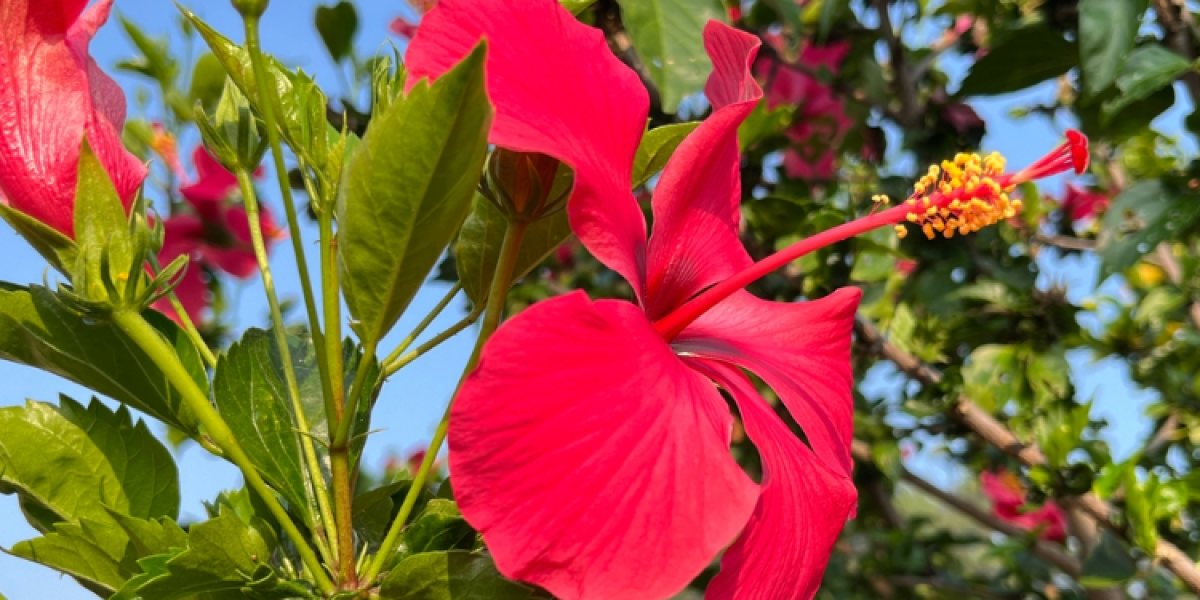
Mauritius boasts around 750 species of vascular plants, with an impressive 43% being unique to the region, making it one of the most diverse places on Earth. However, this richness is facing a serious threat, as 22% of these species are critically endangered, and nearly 50 plant species are on the verge of extinction.
Preserving biodiversity in Mauritius
The International Union for Conservation of Nature (IUCN) ranks Mauritius third globally for the number of extinct species, placing it among the top 34 priority areas for biodiversity conservation. The National Parks and Conservation Service (NPCS) in Curepipe has partnered with the Conservatoire Botanique National de Brest (CBNB) to save rare species on the brink of extinction. Since 2009, CBNB has actively worked to restore the island's ecosystem by reintroducing plants and seeds collected in the past.
A notable success story is the recent revival of Cylindrocline Lorencei, a purple-flowered shrub unique to Mauritius. In 1990, only two specimens remained, but thanks to CBNB's efforts, hundreds of plants have been cultivated and reintroduced, with the rare plant on the brink of flowering in 2023, marking a significant achievement in preserving Mauritius's biodiversity.
Other species in need of saving
Despite these efforts, many endemic species remain in danger. Here are a few examples:
Trochetia Boutoniana
This iconic species, declared the National Flower in 1992, faced threats in the 16th century when crab-eating macaques were introduced, jeopardizing its survival. Preserved at the CBNB, nature lovers can also see this rare plant at the Pamplemousses botanical garden.
Diospyros Tessellaria
Known as the endemic ebony tree, this species faced extinction due to intensive logging during colonial times. Conservation measures and collaboration with organizations like Mauritian Wildlife have brought hope, with the tree now visible in certain mountain slopes, the Black River Gorges National Park, and the Pamplemousses garden.
Crinum Mauritianum
Commonly known as the "Fleur de lys du pays," this rare flower, once considered extinct, was rediscovered in 1973 near the Midlands Dam.
Hyophorbe amaricaulis
Dubbed "the world's loneliest palm," the only representative of this species is at the Curepipe Botanical Garden. Elevated to "critically endangered" status in 1998, it is surrounded by scaffolding for care and fences to protect it. Despite being at least 100 years old, it regularly produces white flowers and dark fruit, offering hope for its preservation despite cloning attempts facing challenges.
Mauritius faces a critical task in safeguarding its unique plant species, and collaborative efforts are essential for a sustainable future.



















